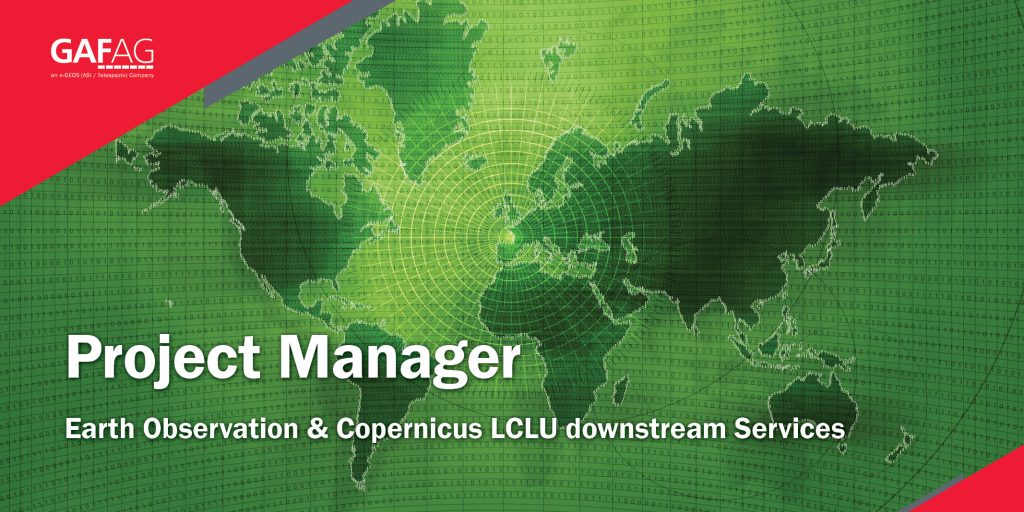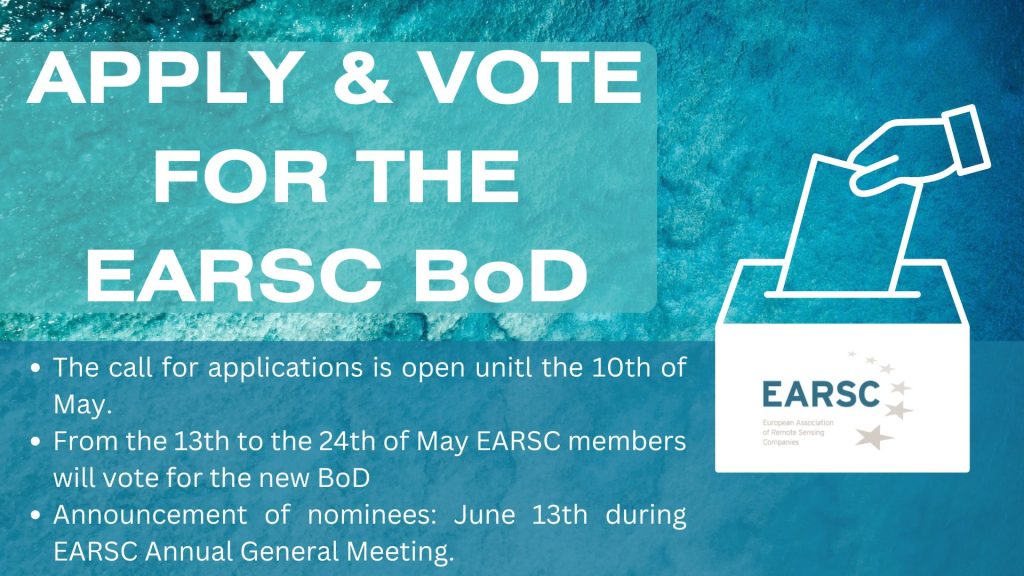
The voice of the Earth Observation
Industry
Barents bloom, Sentinel-2A - processed by ESA, CC BY-SA 3.0 IGO

Discover the largest European
Earth Observation Network
Lake Balkhash, Kazakhastan, Sentinel 2 - processed by ESA, CC BY-SA 3.0 IGO

EARSC promotes the understanding
of our Planet for societal benefits
Brussels, Spot 5 Sqtellite - Airbus Defence and Space
EARSC 4 Pillars
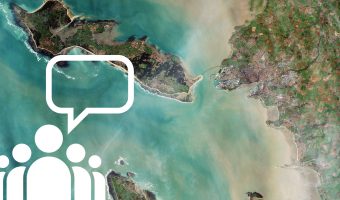
Representing the Members
The core pillar of our activities is to support and promote our members. We achieve this goal mainly through projects which we undertake (see projects). Members’ views are gathered through a series of ad-hoc working groups dedicated to important topics. We inform our members through a monthly report and a dedicated portal about important news and information, as announced bid opportunities – and dedicated e-mails for key items.
Read More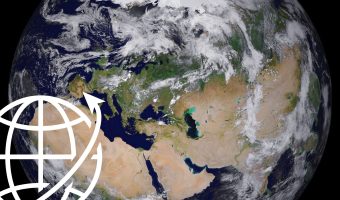
Market development & Internationalization
EARSC is engaged in a wide range of activities to develop new markets and business opportunities for our members. Our strategy is to engage users, identify needs and stimulate demand for European EO services both in Europe and abroad with complementary commercial and geographical approaches.
Read More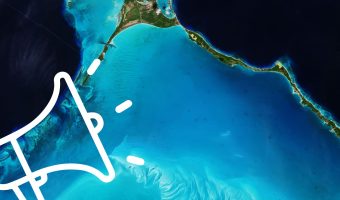
Promoting the industry
EARSC employs a range of sophisticated digital tools to promote the European EO sector. EARSC has three main digital tools which cover creating a shared vocabulary (EARSC TAXONOMY) , providing a common space to find EO companies, and a common space to discover ‘online’ EO services.
Read More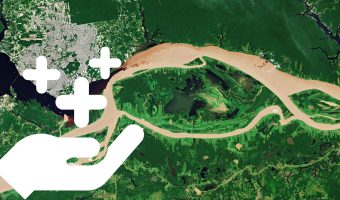
Showing the value of Earth Observation
The Earth observation sector delivers a wide range of social and environmental and economic benefits to citizens of Europe and the world. To properly and consistently value these impacts, EARSC leads the Sentinel Benefits Study (SeBS) project in which we measure the total societal impact of products and services coming from Sentinel satellite data.
Read MoreEARSC NEWS
ESA leads endeavour to save Earth Science data
The amount of information being generated about our planet is increasing at an exponential rate, but it must be easily accessible in order to apply it to the global needs relating to the state of the Earth.
Astrium Eyes Raising Stakes in SpotImage, Hisdesat
Astrium Services is looking to up its stakes in geospatial information provider SpotImage and milsatcom operator Hisdesat as part of a plan to meld its space-based milsatcom, remote sensing and navigation capabilities into a family of integrated satellite services.
EU plans to reinforce disaster response capacity by end 2008.
Better disaster response – at home and abroad
OECD: World must act on climate change
The most recent OECD’s Environmental Outlook to 2030 says that global efforts to tackle the main environmental challenges – climate change, biodiversity loss, water scarcity and risks to human health – are achievable and affordable. At least, the global efforts to be done are more affordable than the global cost of inaction.
UK Local Government Data Provides Model for European Standards
Britain is taking a leading role in the standardisation of public information in Europe after local government-backed national property and street ID coding systems were chosen from many submitted from across Europe.
Developing Countries Get Help to Cope with Climate Change
Assistance for developing countries to manage water resources, combat drought, and measure climate change will be forthcoming under a new agreement signed today by the World Bank and the National Oceanic and Atmospheric Administration, NOAA, an agency of the U.S. Commerce Department.
Space Sentinels: New Tools In Space To Improve European Environment And Security Policies
ESA Director General Jean-Jacques Dordain and European Commission Director General for Enterprise and Industry Heinz Zourek today signed in Brussels an agreement which establishes the allocation of an EC budget of 624 million euros to ESA as a contribution to the implementation of the GMES Space Component (GSC)
Security and the environment: new satellites to spur earth observation
ew satellites will soon reinforce the performance of the GMES earth observation system (Global Monitoring for Environment and Security), further to an agreement signed in Brussels today by the European Space Agency (ESA) Director General, Jean-Jacques Dordain and Heinz Zourek, Director-General of the European Commission’s Directorate General for Enterprise and Industry Policy.
Leica Image Manager Selected by the Netherlands Province
Leica Geosystems Geospatial Imaging today announced that Flevoland Province of the Netherlands will implement Leica Image Manager.
SMOS: Helping Europe respond to climate change
To help address climate change, 2008 will see the launch of Europe’s SMOS satellite. SMOS, which stands for soil moisture and ocean salinity, is designed to map these elements with unprecedented accuracy. Three-quarters of the globe is covered in water and its influence is felt everywhere. It’s not only oceans, rivers and lakes that affect
Infoterra Group expands into Spain
Astrium, ICC and Hisdesat join forces to strengthen Earth observation service provision
Astrium-led consortium implements a new national disaster management system for Indonesia
Astrium has announced that the consortium it is heading, which also includes Infoterra France and IGN France International, has successfully completed a new crisis management system at the National Disaster Management Centre in Jakarta and at three regional centres based in Jakarta, Padang and Banda Aceh.
EO User Service Next Generation Project (EO USNG)
Improving access to ESA Earth Observation Data and Products
LAPAN evaluates satellite mission
JAKARTA: National Aeronautics and Space Agency (LAPAN) is holding a seminar in Bogor on Thursday to evaluate the one-year mission of the LAPAN–TUBSAT satellite and prepare for the construction of its next generation. The LAPAN–TUBSAT satellite was launched on Jan. 10, 2007, at the Satish Dhawan Space Center (SDSC) in Sriharikota, India, as an auxiliary
WMO strengthens satellite strategy to monitor climate change
Hi-tech efforts to better understand global warming have been strengthened after the world’s space and meteorological agencies gave their support to a World Meteorological Organization (WMO) strategy for the enhanced use of satellites to monitor climate change and weather.
MEMBERS NEWS


